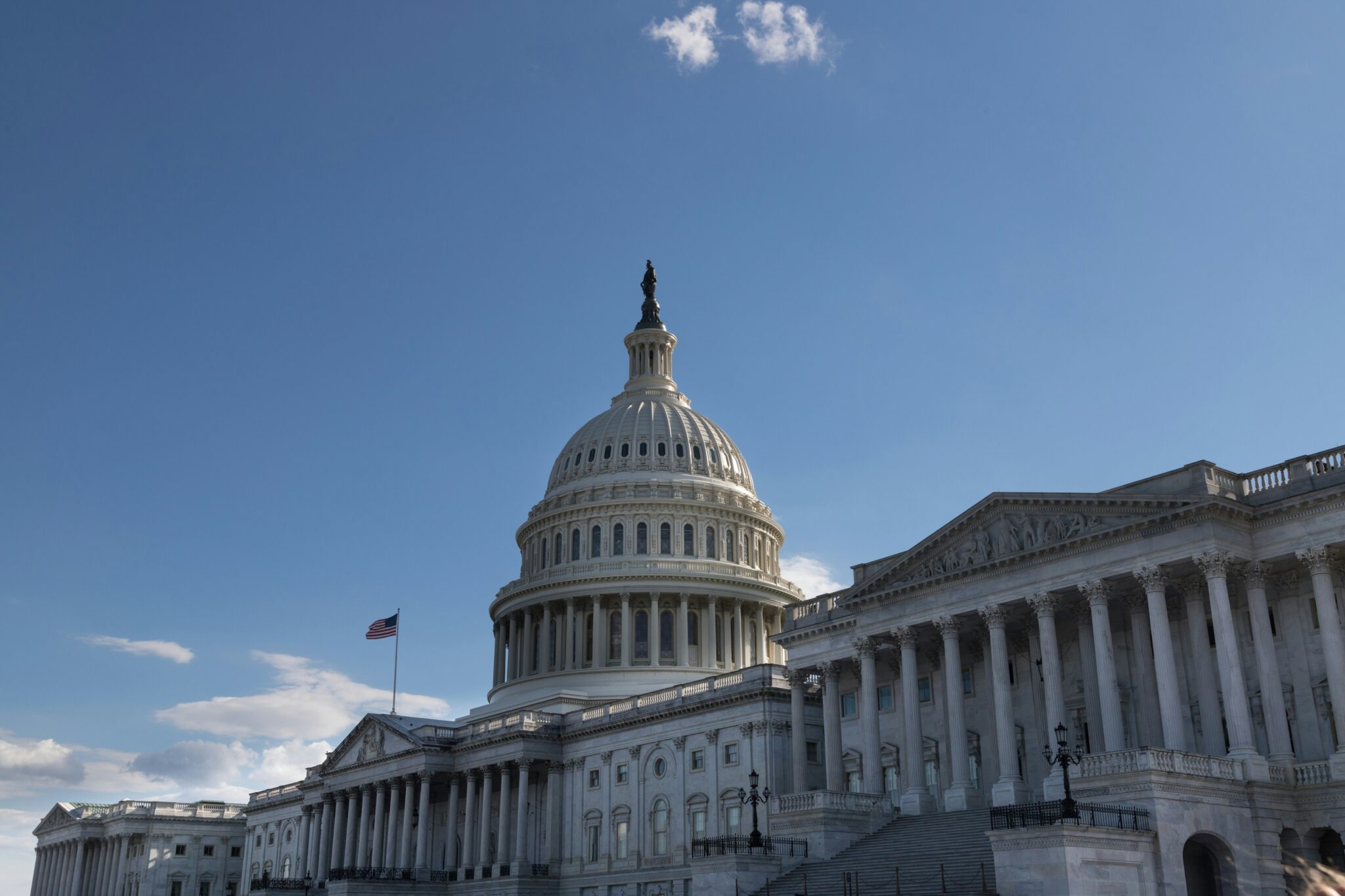More than three decades have passed since the US last accomplished comprehensive tax reform.
The Tax Reform Act of 1986 emerged from roughly five years of intense negotiations, multiple failed proposals, scores of hearings, and constant back-and-forth between the White House and Congress.
At every step this work was bipartisan, with President Reagan’s team working closely with both Democrat and Republican leaders in Congress. It was not a perfect law; no tax legislation ever is. But it was revenue-neutral, and a tremendous improvement over previous tax law. It was a structural tax reform, not a tax cut.
“All tax policy is based on difficult trade-offs.”
Thirty-one years later, baby boomers are retiring, international issues dominate business taxation, and Congress has undone many of the accomplishments of 1986. Even in today’s polarized Washington, almost everyone agrees it’s time for another tax overhaul.
This week, a Unified Framework for Fixing Our Broken Tax Code was released. At 9 pages, it summarizes 16 tax provisions derived from closed-door, single-party deliberations. Its authors hope for passage by year’s end. The Framework lays out broad ideas without a lot of detail. This is not necessarily a bad idea, as it allows Congress to haggle over details.
But the details that the Framework does provide are troubling.
Specifics are provided for nine provisions that would generate large decreases in revenue. Those provisions would expand the standard deduction to $24,000 ($12,000 for singles), lower the rate for high income individuals from 39.6 to 35 percent, reduce the corporate tax rate from 35 to 20 percent, allow immediate expensing of business investments, reduce the tax rate for non-corporate small and family-owned businesses to 25 percent, repeal the individual alternative minimum tax (which is paid only by affluent taxpayers), and repeal the estate tax (which is paid only by the very wealthiest Americans).
The Framework provides almost no detail on how to pay for these provisions. So far, the Framework has outlined a massive deficit-financed tax cut, not a structural tax reform.
All tax policy is based on difficult trade-offs.
How much revenue should be raised relative to spending. How to allocate the total tax burden to individuals vs. businesses, to income vs. consumption vs. wealth.
“The big winners under the Framework are the wealthy, small business owners, and multi-national corporations.”
Within individual taxation, how to allocate the tax burden based on income, wealth, or family status. Comprehensive reform must balance these competing interests, and thousands of details. It is an extremely complex multi-dimensional problem.
The big winners under the Framework are the wealthy, small business owners, and multi-national corporations. They are the primary beneficiaries of most of the provisions noted above.
These revenue losers would be partially offset by repeal of some itemized deductions, unspecified other individual income tax exemptions, deductions, and credits, and by an unspecified limitation on business interest deductions.
In addition, the Framework “contemplates” adopting “measures to prevent the re-characterization of personal income into business income to prevent wealthy individuals from avoiding the top personal tax rate.” Such measures are notoriously difficult to implement and enforce. Witness the experience in Kansas.
At Taxpayers, we believe, as many do, that some reduction in the corporate income tax is a necessary component of any major tax reform. The US rate is among the highest in the world, which puts American business at a competitive disadvantage. We support a corporate rate deduction if it’s paid for by expanding the corporate tax base or other provisions. The problem with the Framework is that it doesn’t appear to include sufficient offsets to pay for the rate change it proposes.
Finally, the Framework fumbles the ball in the critical area of international taxation. One provision would eliminate the current worldwide tax system that imposes US corporate tax on foreign earnings of US corporations. The other provision would tax “at a reduced rate and on a global basis the foreign profits of US multinational corporations.” Which is it?
The Framework provides neither clear principles nor the details necessary to understand the tradeoffs that would be required to make the reform work.
It does suggest some politically attractive goals, but then proposes provisions often inconsistent with those goals.
Making the difficult tradeoffs required to achieve comprehensive and durable tax reform will need input from across the political spectrum and the constructive engagement of the American people. Congress should invite both. Congress should begin a bipartisan, regular order process to truly reform the tax code, rather than simply cut taxes with the hope that growth – and totally unrealistic expectations of dynamic scoring – will save the day from an exploding deficit.










